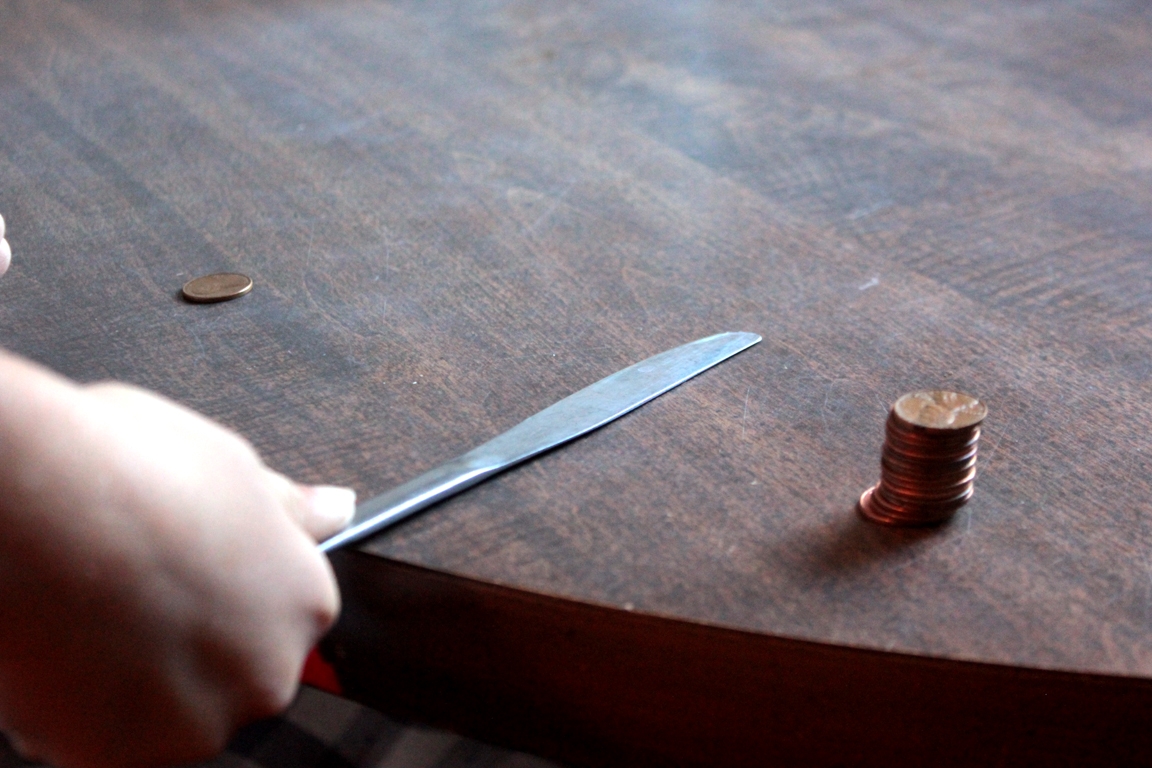

#3 way coin flip free
#letting two of the numbers represent H and 1 represent T.Welcome to the Random Coin Flip Generator, a free online tool that allows you to produce random heads or tails results with a simple click of a mouse. We can model this by choosing a random number from (1, 3) and #Now consider a coin that has 2/3 chance of getting H and 1/3 chance of #two equal possibilities, which model the two equal possibilities for the #has equal probability of being chosen, so in the range (1, 2), we have #random numbers works because we assume that each number in the range #Extension: For a 'weighted' coin, the change is simple. N = 1000 #this value can easily be changed to change the sample sizeįlip = random.randint(1,2) # get a random number between 1 and 2 #simulations typically make use of random numbers

How accurate are the results compared to the expected value? Choose a random number from 1 to 3 and let two of the numbers represent heads. If we want the probability of getting heads to be ⅔ instead, we just change the possible outcomes. the two possible outcomes are 1 and 2 and one possible outcome represents heads, so the probability of getting heads is ½). For a regular coin, we randomly chose one of two numbers (1 or 2) and assigned heads and tails accordingly. A simple way to do this is to change the way the coin toss is simulated. What do you notice about the accuracy of the results as the number of flips gets bigger?Īdjust your program to model a weighted coin and run the simulations again. Run the program with different numbers of flips and compare the results to the expected values, which you should calculate ahead of time using basic probability principles. Keep track of the number of heads and number of tails.
#3 way coin flip generator

How will you model the flip? What determines if it is heads or tails?.
#3 way coin flip how to
Before you start coding, decide how to handle the following: To write a program determining the experimental probabilities of the questions stated above, we will simulate a coin toss. If the coin is weighted so that it has a 2/3 chance of coming up heads, how many heads do we expect to get in 30 flips? 100 flips? 3,000 flips?.If we flip a fair coin 10 times, how many heads do we expect to get? 100 times? 100,000 times?.Let’s start with the following questions: Using a random number generator, a simulation allows the computer to “flip” the coin and a program records the results. Such large experiments are no longer feasible to be done by hand. To get a more accurate result, we might want to flip the coin 100 times or 1,000 times or 10,000,000 times. But experiments work better with larger sample sizes (e.g. To determine the experimental probability, we could run an experiment in which we flip the coin 10 times and record the number of heads we get. This shows that experimental probability is much more accurate for larger samples (i.e. If it is heads, then the experimental probability is 1/1. The experimental probability depends upon the actual outcome of the experiment. For example, if you flip a coin 10 times, how many times do you expect it to come up heads? This can be calculated by multiplying the number of flips (10) by the probability of getting heads on one flip (½), yielding an expected value of 5. In these two examples, we will mostly express the mathematical probability in terms of the expected value. The mathematical probability of flipping heads, then is ½. There are two possible outcomes: heads and tails. For example, consider the probability of flipping a coin and getting heads. Mathematical probability, on the other hand, has to do with the number of possible outcomes of an event. How many heads can we expect to get when we flip the coin 10 times? 100 times? For many of these questions we can write a program, run experiments, and conclude an experimental probability.Įxperimental probability is defined as the ratio of the number of times an event occurs to the total number of times the activity is performed. Given a fair coin, we know that the probability of getting a head is 0.5. Many introductory problems in statistics center around flipping coins.


 0 kommentar(er)
0 kommentar(er)
